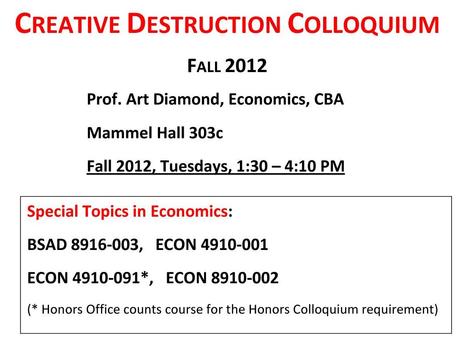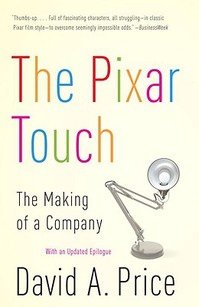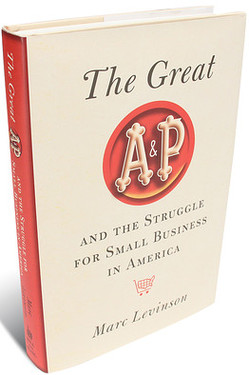Colloquium Rationale:
Creative destruction is the process through which innovative new products are created, and older obsolete products are destroyed. In transportation, for example, cars creatively destroyed the horse and buggy, trains creatively destroyed horse-drawn wagons. Such innovations contribute to longer and richer lives, but may come at the cost of greater uncertainty in the labor market. Schumpeter claimed that the process of creative destruction is the essential fact about capitalism. Although Nobel-prize-winner George Stigler has described creative destruction as “heresy,” a growing number of economists and non-economists have found the concept useful in understanding the world. While most of the emphasis will be on the implications of creative destruction for business and the economy, the discussion will sometimes involve issues related to information science, sociology, medicine, law, engineering, psychology, literature, political science, architecture, and history.
You can hear me talking about last year’s version of the Creative Destruction Colloquium (which was offered last year under a different course number and a slightly different title) in the following YouTube video:






